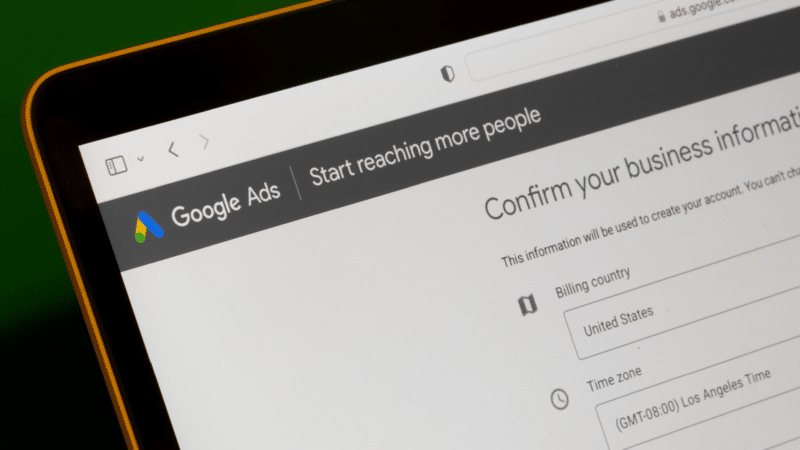
The Shift from Value-Based to Profit-Based Bidding in Google Ads: A Strategic Evolution
As digital advertising continues to evolve, the effectiveness of bidding strategies remains a critical focus for businesses navigating a competitive landscape. The transition from Value-Based Bidding (VBB) to Profit-Based Bidding (PBB) not only showcases the changing priorities in performance optimization but also emphasizes the necessity of aligning advertising strategies with actual profitability. With economic pressures anticipated in 2025, understanding this shift is paramount for marketers aiming to maximize their budget effectiveness.
Understanding Value-Based Bidding (VBB)
Value-Based Bidding has traditionally empowered advertisers to assign varying values to different conversion actions based on their significance. For instance, actions such as downloading a white paper could be viewed as more significant than merely achieving a pageview. While VBB has facilitated the prioritization of higher-value outcomes, merely focusing on conversion value is becoming insufficient. Advertisers are now pressed to delve deeper into profit margins associated with these actions to ensure every marketing dollar is optimally utilized.
The Emergence of Profit-Based Bidding (PBB)
Profit-Based Bidding builds upon the foundation laid by VBB by shifting the focus from conversion value to the profit derived from each conversion. This approach informs advertising strategies by not only considering sales revenue but explicitly analyzing the net profit generated. With tighter profit margins becoming the norm, businesses must transition towards tracking profit margins to enhance bidding strategies meaningfully. PBB inherently demands a disciplined approach to profitability that encourages leveraging effective data analysis.
Challenges in Traditional Bidding Approaches
Relying solely on traditional bids, such as Maximize Conversions, can inadvertently lead to inefficient ad spend. These approaches often overlook crucial differentiators between conversion types, resulting in higher-quality leads being undervalued compared to less impactful conversions. A more profit-centric focus addresses these disparities and aligns marketing efforts with long-term business goals.
Recommendations for Advertisers
Strategizing for PBB involves an intrinsic understanding of unit economics and deeper insights into the profitable nature of leads. Advertisers are encouraged to avoid the temptation of inflating performance metrics through easier conversions. Instead, a thorough analysis of different lead types based on their long-term profitability is vital. As firms consider transitioning to PBB, establishing separate accounts for testing and gradually integrating profit-centric metrics are recommended best practices.
Strategic Integration with Short Link Management
Incorporating a PBB approach also aligns with best practices surrounding digital assets management, such as using URL shorteners effectively. By utilizing tools for link shortening and management (like BitIgniter or LinksGPT), businesses can track the performance of their campaigns more precisely, enhancing overall profitability. Short links can elevate click-through rates while providing insights into user behavior, ultimately complementing a profit-focused strategy in Google Ads.
Replacing simplistic conversion metrics with comprehensive profitability analyses can substantially enhance campaign effectiveness. Advertisers and marketing professionals should seamlessly integrate custom domain shorteners within their campaigns to bolster tracking accuracy and foster deeper engagement metrics.
Overall, as advertisers navigate increased competition and tighter margins, the movement from VBB to PBB highlights a strategic evolution in advertising methodologies. Businesses are urged to adopt profit-oriented strategies, ensuring that marketing efforts translate to real-world profitability rather than mere revenue generation.
Tags
#BitIgniter #LinksGPT #UrlExpander #UrlShortener #DigitalMarketing #ProfitStrategy
Want to know more: Read More

